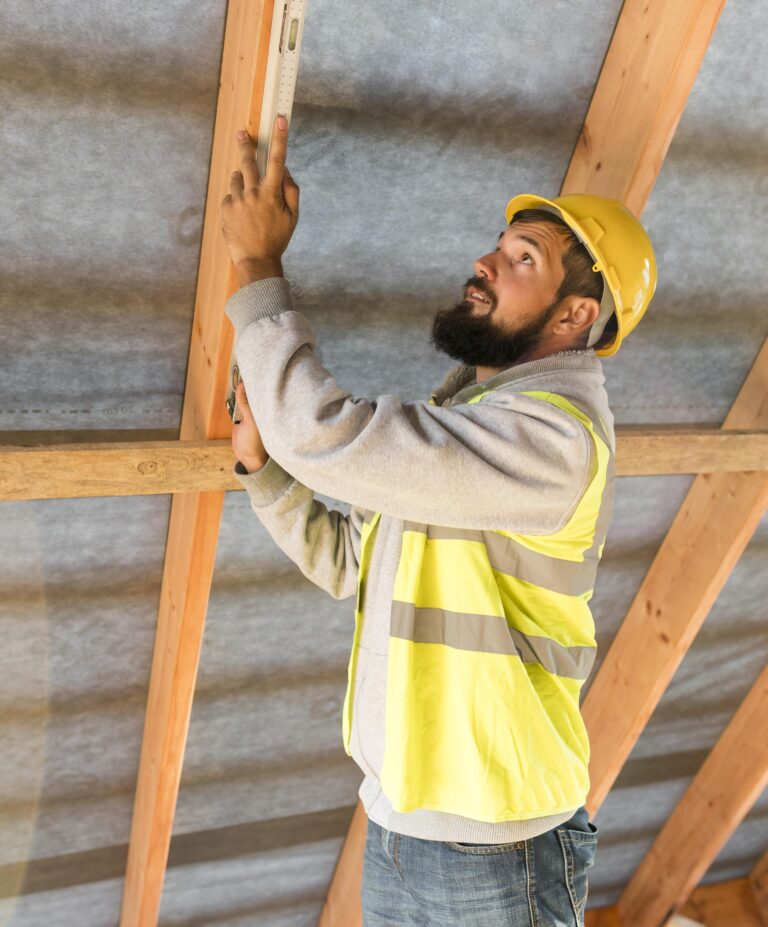The importance of sealants used to repair and fill cracks in walls, ceilings and other non-structural elements
There are many reasons for using leak-proof insulation materials. The most important of these reasons is repairing and filling cracks in walls, ceilings and other non-structural elements. This is to ensure the following benefits:
1st: Preventing water or moisture leakage
Cracks can cause water to seep into the building. Some examples of these cracks that must be treated with sealant insulation materials are cracks in:
• The external walls
• Surfaces
• Windows and doors
Water leaking into a building can cause a variety of problems, including:
- Building and property damage: Leaking water can cause corrosion of materials and weakening of the structure. This leads to cracks or collapses in the building. This leaking water also causes damage to walls, ceilings and other infrastructure. It also leads to damage to furniture, appliances and flooring.
- Growth of mold and fungi: Water seeping into the building causes the growth of mold and fungi, which leads to the spread of unpleasant odors and stains on the walls and furniture, and can also be harmful to health.
- Health problems: Leaking contaminated water can lead to diseases such as pneumonia and bronchitis for those living in the building. It can also allow the spread of insects and rodents, which can be a source of infection.
2nd: Improving thermal insulation
Sealants help fill cracks that may occur in interior and exterior walls, roofs, windows, and doors. These cracks may allow cold or hot air to leak into and out of the building, and therefore leak-proof insulation materials contribute to maintaining the internal temperature of the building and making it more comfortable and efficient.
Air leaking into and out of a building can lead to a variety of problems, including:
• Discomfort and increased energy bills: Air leakage can make a building cold in the winter or hot in the summer.
• Pollution: Air leakage can lead to pollutants from outside entering the building, leading to health problems such as allergies and bronchitis.
• Structural problems: Air leakage leads to corrosion of materials and weakening of the structure, which may lead to cracks or collapse in the building.
3rd: Improving structural integrity
Large or deep cracks can weaken the building structure and lead to damage to the building, such as the collapse of the walls or ceiling, for several reasons, the most important of which are:
• Reduced rigidity: Cracks can reduce the rigidity of a structure, making it more susceptible to deformation or collapse.
• Poor strength: Cracks can cause the structure to weaken, making it more susceptible to breakage.
• Weight gain: Cracks can cause the structure to increase in weight, which may lead to its collapse.
It is important to repair large or deep cracks in the building as soon as possible to prevent these problems from occurring, and this task can be made easier and easier by using sealant insulation materials to fill the cracks and improve the strength of the structure.
Here are some tips for choosing the right sealant to repair cracks:
1. Search for the cause of cracks before repairing them, which contributes to avoiding these causes and preventing cracks from occurring again.
2. Pay attention to the size of the cracks and choose the appropriate sealant insulation materials.
3. Pay attention to the building material and choose the appropriate leak-proof insulation material.
4. Pay attention to the local climate and choose the appropriate sealant.
5. It is also important to carefully follow the manufacturer’s instructions when applying the sealant.
To order finishing systems, WhatsApp us at https://wa.me/+966555032976




